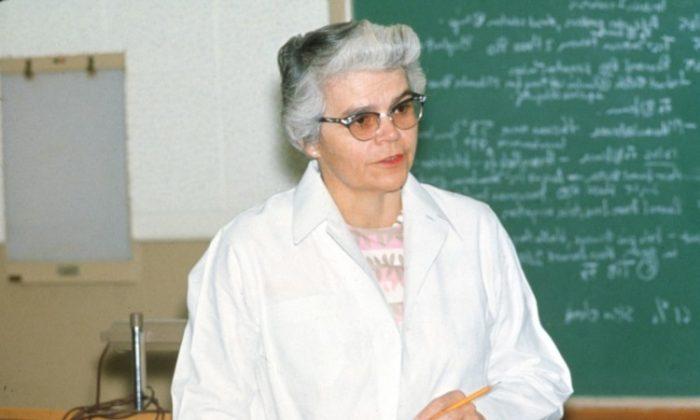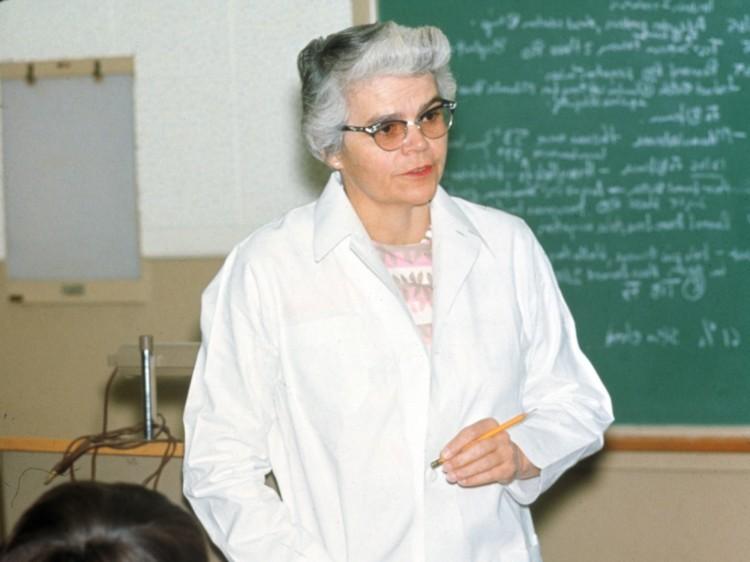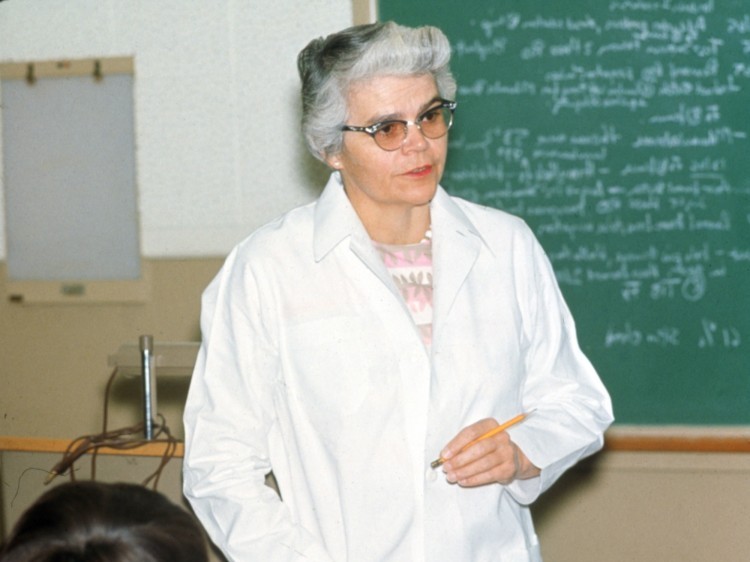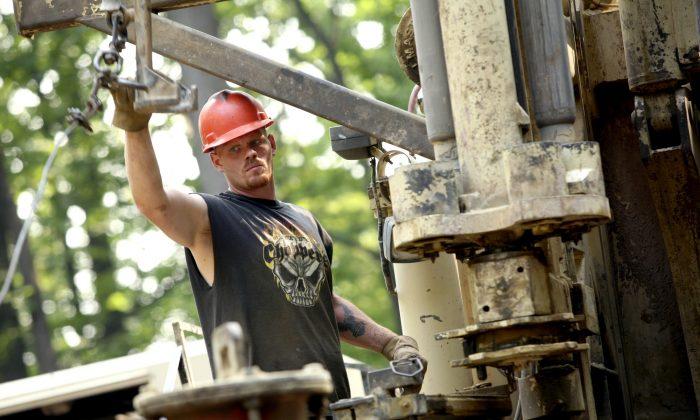Jacquelin Perry dies at 94, having suffered from Parkinson’s disease.
Jacquelin Perry ultimately lost the fight against Parkinson’s disease. The orthopedic surgeon and polio specialist died in her home in Downey, Calif. March 11, aged 94, according to Polioplace.org.
Born in Denver, Colo. in 1918, Perry moved to California when she was 6 where she would then become an expert in polio and the bio-dynamics of human movement.
“Most doctors go into medicine to save lives. I’m more interested in getting handicapped persons functioning again,” she told the Los Angeles Times in 1959, after receiving the award of Woman of the Year in Science.
Her hall-mark invention (together with Dr. Vernon Nickel) is the “Halo”, a device that helps the healing of a “cervical fracture“ also called a ”broken neck” and is still used today. By screwing a ring into the scull, spine and neck are locked and fractures can heal without disturbing movement.
Her analysis of human movement resulted in the publication of a 1970s textbook “Gait Analysis”, which the La Times calls “definitive.”
Colleagues and patients will remember Dr. Perry for her achievement in the field of rehabilitating polio patients. When the country was suffering from a polio epidemic in the 1950s, Dr. Perry started to perform spinal surgeries that helped many people regain mobility.
Greg Waskul, executive director of Rancho Los Amigos National Rehabilitation Center’s foundation, an institution close to Perry, told the LA Times: “Dr. Perry was so creative and innovative. Most of the great doctors have one specialty, but she came up with many new theories and exercises to keep people moving.”
Perry did not have it easy as a woman in the first half of the 20th century, but blazed her path and collected the necessary experience to become a leader in her field.
She earned a degree in physical therapy at UCLA in 1940 and served during World War II, where she treated patients with polio as a physical therapist.
After the war, she went to medical school at the University of California, San Francisco and later became a professor of surgery at the University of Southern California, She inspired especially female students to follow in her footsteps.
Despite numerous setbacks regarding her own health—a brain artery blockage in 1968 stopped her from practicing surgery—the doctor never quit and was still active just before she died last week. “As far as I’m concerned, I’ve never worked,” Dr. Perry told the LA Times in 1999. “I do what I like to do.”
The Epoch Times publishes in 35 countries and in 21 languages. Subscribe to our e-newsletter.







Friends Read Free